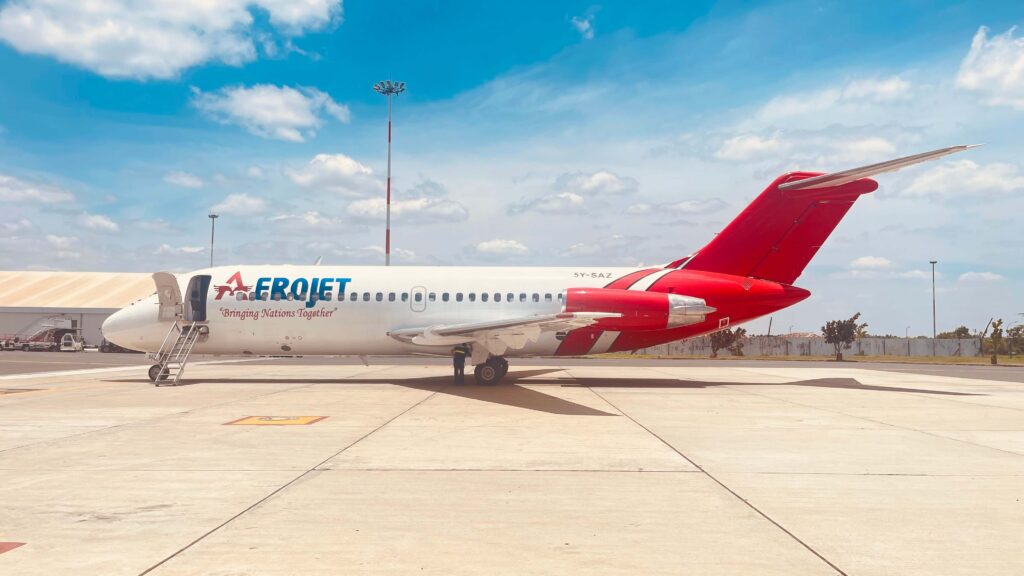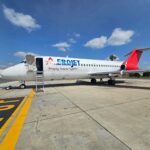
McDonnell Douglas DC-9
McDonnell Douglas DC-9: The Classic Jetliner of the Skies
Design and Engineering The DC-9 was designed with a focus on reliability and efficiency, making it ideal for short-haul routes. It features a distinctive T-tail design and rear-mounted engines, which contribute to its stable flight characteristics and quieter cabin environment. The aircraft is equipped with two Pratt & Whitney JT8D turbofan engines, which were highly regarded for their efficiency and durability at the time of the aircraft’s introduction.
The DC-9’s fuselage is narrow-body, optimized for quick turnarounds at airports, and its low-to-the-ground design facilitates fast and easy boarding and deplaning, which was particularly valuable in the high-frequency, short-haul markets it served.
Capacity and Cabin Comfort The DC-9 typically accommodates between 80 to 135 passengers, depending on the specific variant and seating configuration. The cabin layout is straightforward, with a 2-3 seating arrangement that maximizes space while maintaining passenger comfort. Although the cabin design reflects the era in which the aircraft was built, with relatively compact seating compared to modern standards, it was considered comfortable for the short to medium distances the DC-9 was designed to cover.
The aircraft’s straightforward design also includes large windows, allowing for ample natural light, and sufficient overhead storage for carry-on luggage. Despite its older design, many operators upgraded the interiors over the years to include more modern amenities, improving passenger comfort and experience.
Performance and Range The DC-9 was engineered for efficiency and performance on short to medium-haul routes. It has a maximum range of approximately 1,500 to 2,500 nautical miles (2,778 to 4,630 kilometers), depending on the specific variant and payload. The aircraft’s cruising speed is around 485 knots (560 mph or 900 km/h), making it well-suited for domestic flights as well as regional international routes.
The DC-9’s excellent field performance, including its ability to operate from shorter runways, contributed to its popularity with airlines serving a wide variety of airports, including those with more limited facilities.
Operational Versatility The DC-9’s versatility is one of its most enduring qualities. It was produced in multiple variants to meet different market needs, from high-density passenger configurations to combi versions that could carry both passengers and freight. The aircraft’s durability and robust design allowed it to remain in service for many years, often operating in challenging environments and under a wide range of conditions.
Over the years, the DC-9 became a workhorse for many airlines, offering reliable service across various markets. Its ability to perform consistently well on short routes with frequent cycles made it a favorite for airlines focusing on high-utilization schedules.


